The above photograph shows detail from a George Washington Wilson image of the beach at Lundin Links captured in 1899. The houses of Leven Road are in the background, next to Fir Park, and the under-construction Ravenswood and Elmwood is on the right. In the foreground is the beach with the dunes and golf course behind and, perched in a sheltered dip between the dunes, is a row of wooden huts. At the time, these were referred to as 'bathing coaches'. The piece below from 20 January 1909 Leven Advertiser tells of how these came to grief when they were "tossed about in all directions" during a winter storm.
Bathing coaches or bathing machines were forerunners to beach huts. The concept dates back to the early eighteenth century when it solved the twin issues protecting the modesty of bathers and of getting the sick and infirm into the cold salt water that was deemed to be good for their health. Bathing coaches were basically a wooden hut on wheels - a mobile changing room - pulled between the shore and the sea with the tide, often by a horse. Bathers would pay a hire fee to make use of the facility for the day or part-day.
Largo had long been known as a 'sea-bathing resort' and it would have become apparent during the Victorian era that the provision of bathing coaches was expected by visitors. Summer visitors from Edinburgh would have been familiar with the bathing machines used at Portobello (pictured below, from the Canmore collection). Bathing coaches were also available in larger places within Fife, such as St Andrews and Kirkcaldy.
A local joiner was typically tasked with construction of these devices. Designs varied from place to place, depending upon the local environment and the grandeur of the resort. The ones in the photograph at Lundin Links look like small, simple models - a contrast to the ornate, colourful, more sophisticated versions found at large seaside resorts. Neighbouring Leven, however, did not have these facilities at all at the time that the letter below was written to the editor of the Leven Advertiser (19 August 1897).
At the turn of century, people visited the beach in full formal dress, as the photograph below taken at Massney Braes, with the iron bridge in the background, shows. Ladies wore full-length skirts, blouses and hats, while men donned smart trousers, jackets, shirts and ties. Changing into swimming attire was awkward and time-consuming. Plus, of course, it was widely seen as indecent to undress in the open.
The above piece from 9 August 1906 Leven Advertiser mentions both a "bathing shelter" and "bathing coaches". Below is another reference, from 15 July 1908 Leven Advertiser, to both the "coaches and shelters". Both features seem to have proved popular.
Around the time of the First World War, wheeled bathing coaches (examples of which from elsewhere are pictured above) were increasingly replaced with fixed bathing huts. While it was still frowned upon to get changed in the open, it was perhaps more acceptable to make the short dash from shore to sea in your bathing attire. By 1935 there were nearly 20 fixed bathing huts listed on the valuation roll for Largo Parish. These were all at Lundin Links shore, on a site provided by Sir John Gilmour, close to the railway station.
Used for the season rather than for the day, bathing huts became something of a status symbol. Owners of huts at Lundin Links included local well-to-do individuals, including: W. Lindsay Burns who resided at Linburn on Leven Road and was Chairman of Henry Balfour and Company of Leven; William Moscrip of Duddingston House on Leven Road who was Managing Director of National Steel Foundry Leven Works; and George Victor Donaldson, of Stanely on Leven Road Chairman of James Donaldson and Sons timber merchant.
Many owners of boarding houses and private hotels also kept a bathing hut for the use of their guests. These included Andrew Blyth proprietor of Firpark boarding house, James Peebles Greig of Mount Vernon boarding house, John Balmer at Manderlea and Agnes Watters of Victoria Private Hotel. Above is an advert for Victoria Private Hotel. Note the mention of "private bathing boxes". When Margaret Paxton set up Fife Children's Home at Aithernie House, she also took a bathing hut for the use of her residents. In addition, several individuals from close-by Methil, Buckhaven and Leven, had bathing huts at Lundin Links, just a short train journey away. Below are a few images of local bathing huts over the years.



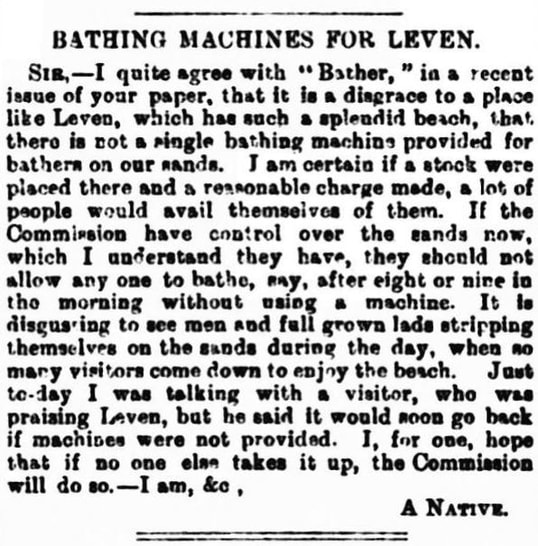

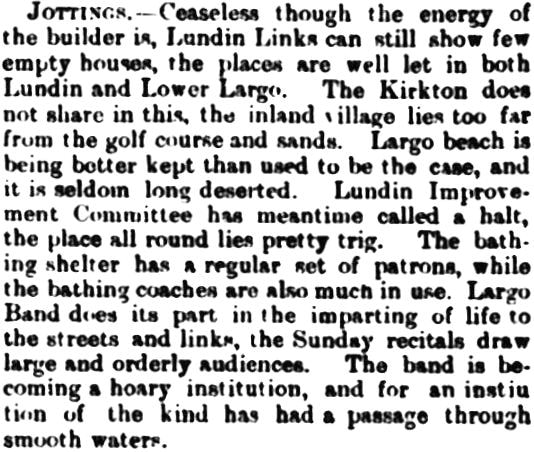






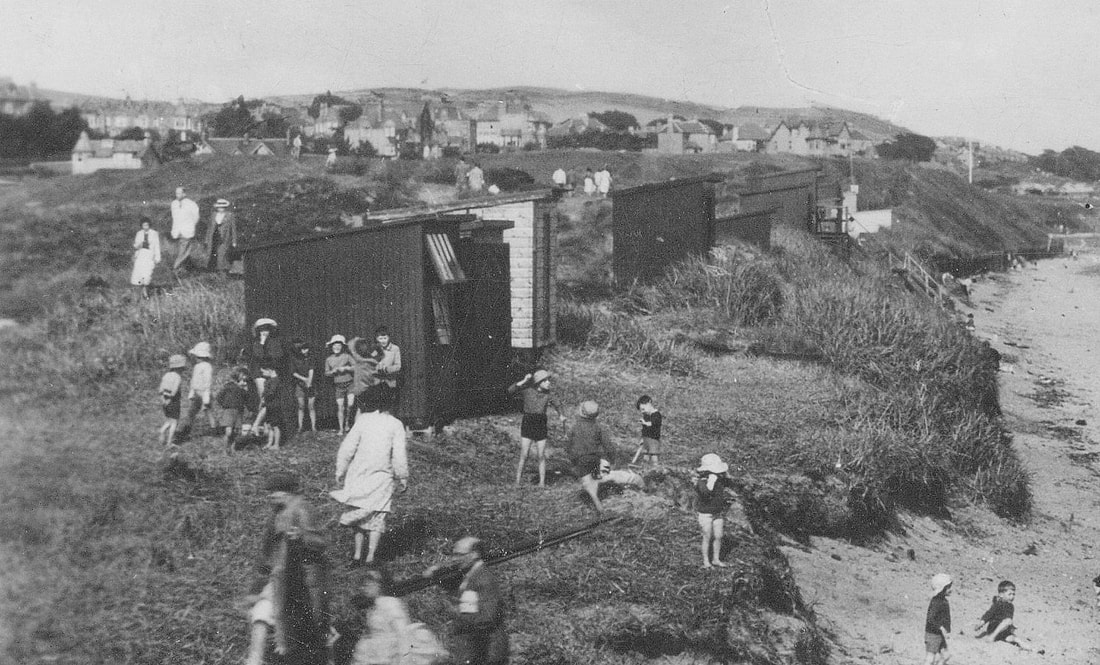










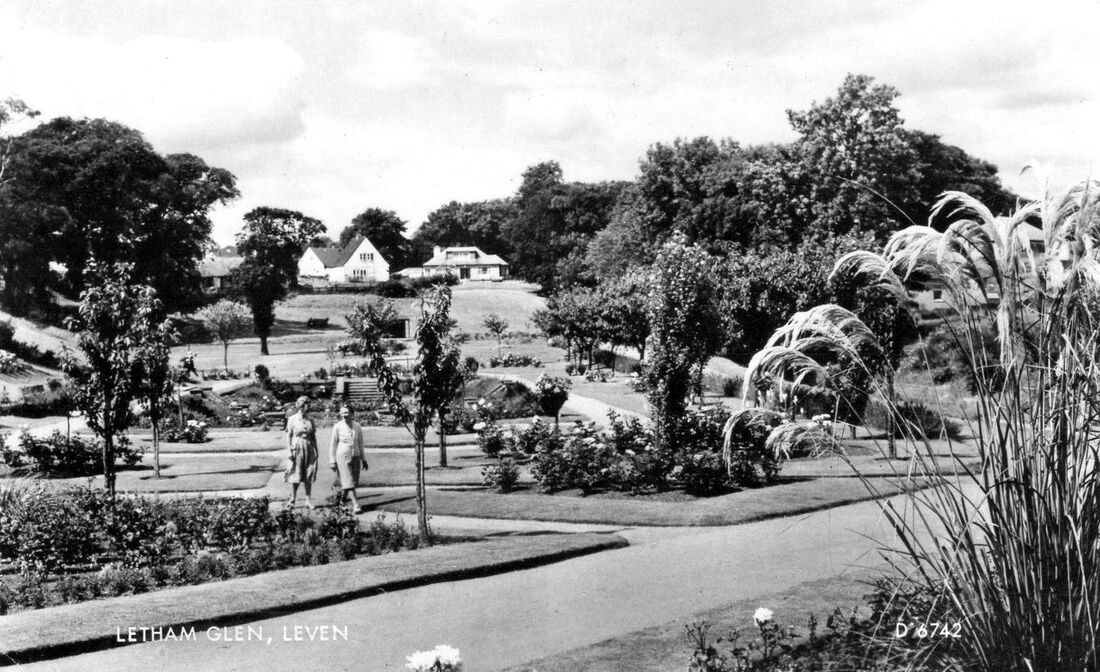

























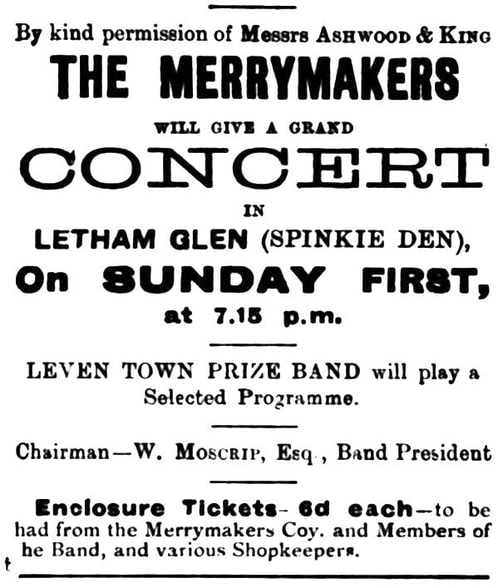
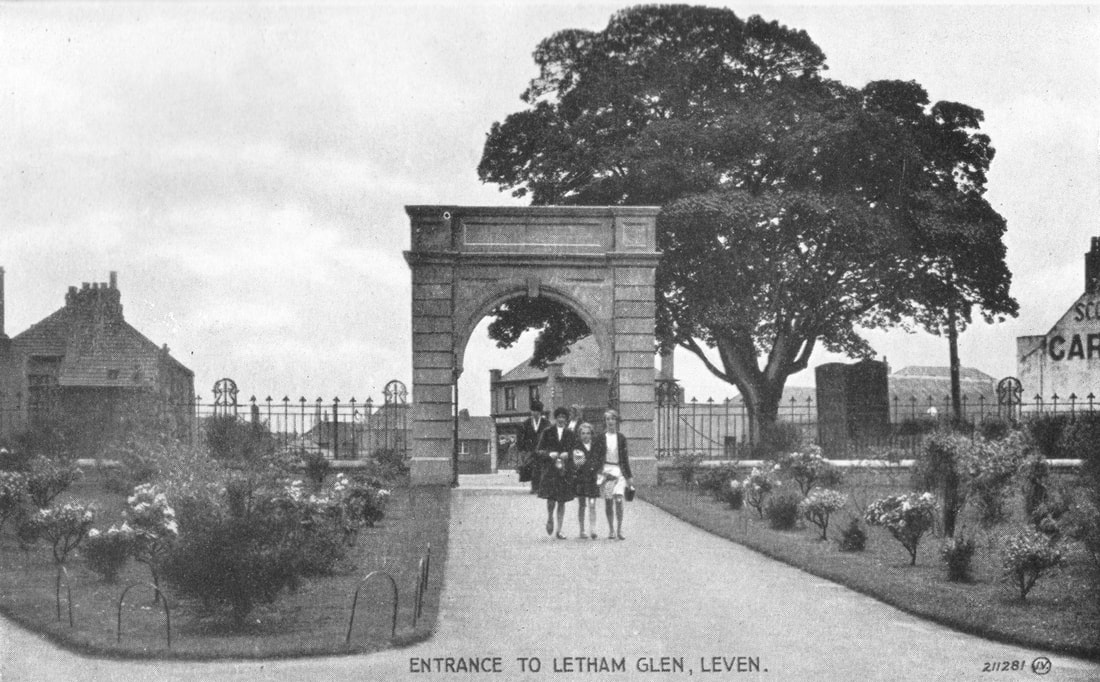









 RSS Feed
RSS Feed
